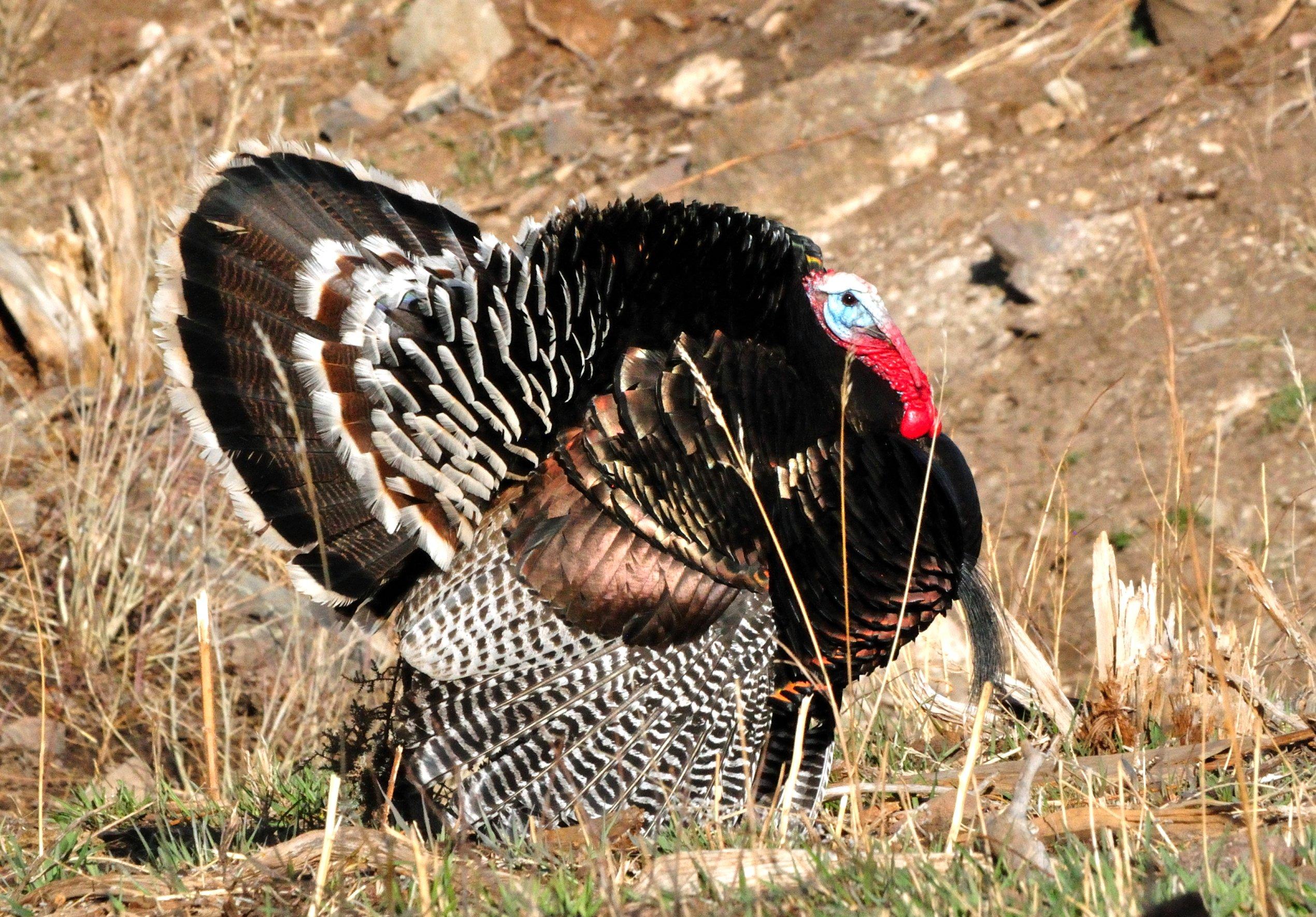50,000
Wild Turkey Population
Merriam’s; some Rios; some Easterns; hybrids
Turkey Subspecies
Not available
Number of Licenses Sold Annually
Varies (check regulations)
Cost of Resident License and Permit
Varies (check regulations)
Cost of Non-Resident License and Permit

Photo by Jackie Z.
Most of Idaho’s turkey population resides on public ground, and hunter success is good. One challenge for nonresident turkey hunters is Idaho’s location. Unless you live in neighboring Washington, Oregon or Montana, getting to the Gem State’s turkey population is a haul. Also, the steep terrain in the northern and western areas of the state (where most of the birds are located) is physically demanding at times. That said, if you're in decent shape, Idaho's rugged landscape offers a turkey hunting challenge.
Turkeys are not native to Idaho but were transplanted in 1961. Merriam’s were the first subspecies, and by far the best trap-and-transfer effort. Rios were introduced (and even a few Easterns) in the early 1980s. “However, due to mixing, and trapping and translocation efforts statewide, there are likely no pure subspecies in Idaho,” said Jeffrey M. Knetter, upland-game and migratory game-bird coordinator for the Idaho Department of Fish and Game. “In some places, a given bird may display characteristics of each subspecies. I like to refer to them as Idaho mountain turkeys.” The total turkey population is about 50,000, making Idaho a prime turkey destination.
It’s hard to beat the Panhandle, Clearwater and southwestern regions of the state for turkey hunting. Although numbers are strong, it often takes time to fill your tag, insiders say.












